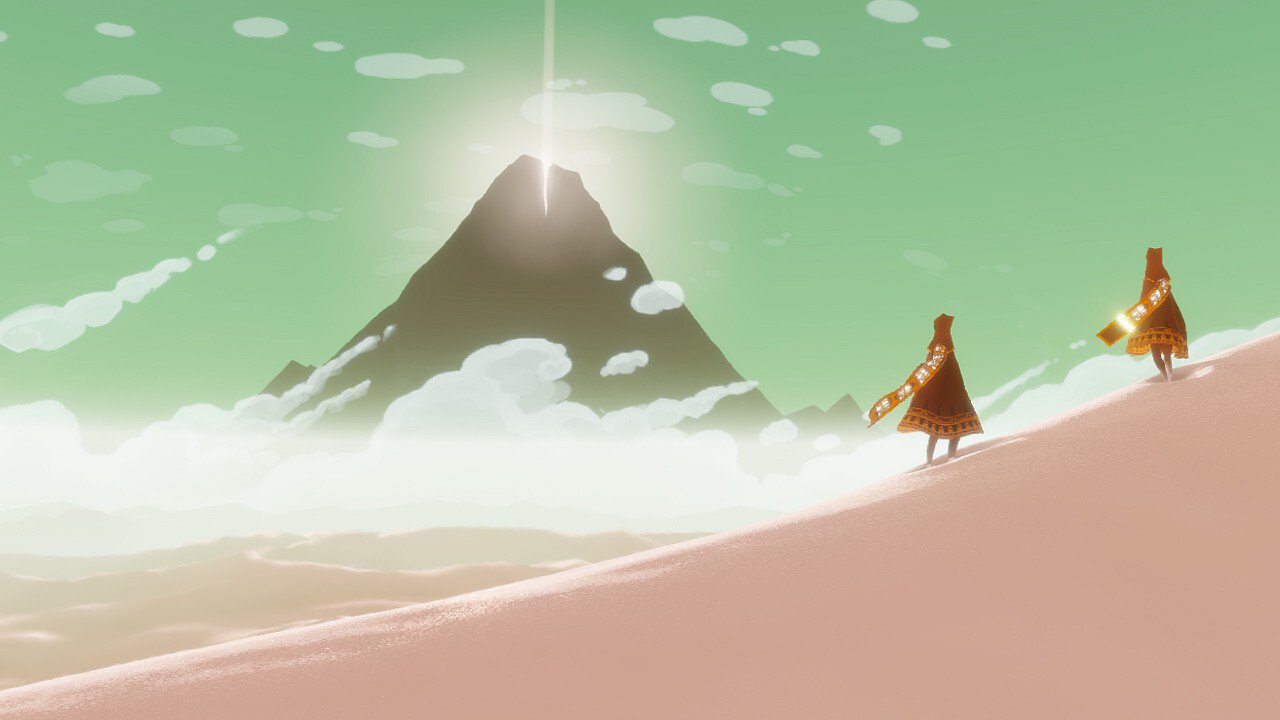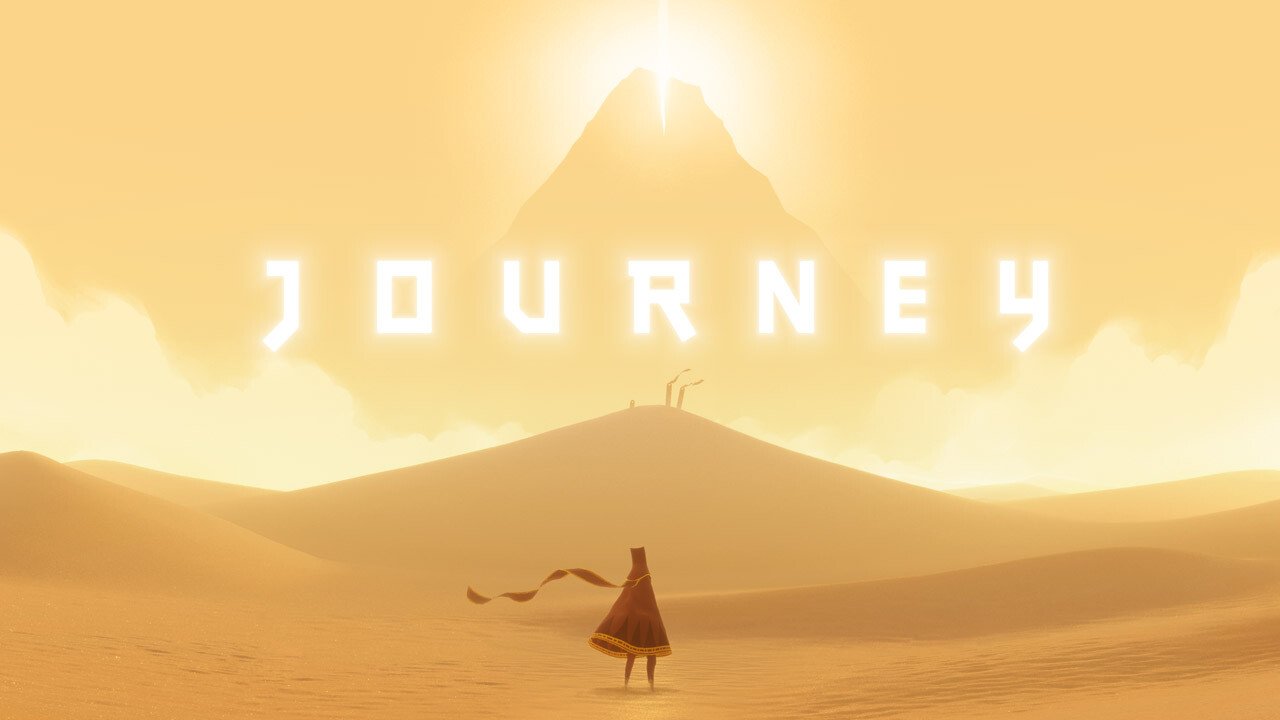The Name Says It All
Reviewing something like Journey is a tough call. Those that are informed enough to have followed its progress already know that this is something special, that it is probably going to win a lot of awards this year. But those same people already know that those awards will likely not be game of the year. While Journey is an amazing experience that everyone should try, it’s also exactly the kind of game that is lost on the mainstream audience that thinks games begin and end with the first person shooter. It is, unfortunately, the game that could have the biggest impact on a mainstream gamer, showing them that games can do more just provide an adrenaline rush – and yet the audience that needs to learn this lesson most is the one that will shun it.
A Thousand Steps
The name Journey is both accurate and at the same time incomplete when it comes to describing the essence of Jenova Chen’s latest project. It strips away everything that contemporaries like BioWare have done with complex narrative structure and leaves players with a simple goal; you are a mysterious traveller of indeterminate gender standing in the desert. Ahead, across a vast distance, lies a mountain. Go to it. That’s the game.
Within that simple goal is a game that ignores the usual design philosophies of difficulty curves, “30 seconds of fun” or positive and negative feedback loops in favor of far more basic, human impulses like exploration and companionship. Your character only has five actions, walking, sliding, jumping, “singing” and gliding through the air. Despite this limited action vocabulary, Journey takes the player on a virtual journey that touches on themes from the dangers of industrialization without regard for the environment, to the basic tenets of Buddhism. The core concept is one of cloth. In the first area, you’ll discover flying bits of cloth, and shining icons of light. Experimentation eventually reveals that grabbing the icons creates a scarf for your character, and holding down the circle button to “sing” to the flying clothe causes them to “charge” your scarf, enabling you to jump. The longer your scarf is the longer you can remain in the air. This is the basis for all the obstacles in the game which are merely challenges of terrain negotiation to one degree or another. There won’t be any statues requiring jewel placement in waiting receptacles, or figuring out numerical combinations to unlock vaults here. And with those basic actions in hand, you make your way—your short way, the game can be finished in as little two to three hours the first time—to the mountain that always seems to dominate the landscape ahead of you.
That may not seem like much as a game, but that’s where the elegance of Chen’s design lies. The journey here is as much a spiritual one as it is a virtual, simulated one. There is online multiplayer connectivity of a sort, but it is an even more stripped down version of the system seen in Dark Souls. Once again, there’s no lobby, no communication, no way to even select or enable the online component. But as you wander through the empty landscapes, you may, in your travels, come across another. That other is a player just like you. And your only means of communicating is to “sing” to each other with the circle button, an ability that also recharges your respective scarves and gives you a reason to help each other and make the journey slightly easier. In most cases the idea of limiting your access and communication to other players would normally be seen as either lazy or technically deficient, but Jenova Chen has somehow managed to make it an essential part of Journey’s purpose. This is not a game that impresses with its systems and mechanics, but rather in its deliberate construction of the process of the journey itself. This is about atmosphere and exploration, with simple actions to propel the player deeper into a game that manages to create a vast, sad history and speculate on the nature of karma.
It is, in other words, a thatgamecompany game. In the same way that flOwer made the idea of sweeping petals across plains to restore flower fields into an almost meditative experience, Journey takes the simple premise of moving towards a destination, and creates stages with mood, with a definite narrative arc, with a specific emotion and an open message, without ever resorting to a single piece of dialog. The optional companionship as players move in and out of the stages merely reinforces this. It is a game that is more concerned with communicating its emotions, making the player feel something, and perhaps even start asking questions. It’s an admirable effort, simple, elegant, substantial, and in many ways one of the more important games of the year. It deserves attention, but it’s doubtful it will get much beyond a small circle of critics and a certain kind of gamer, which is a shame since it’s the kind of title every gamer should experience.






